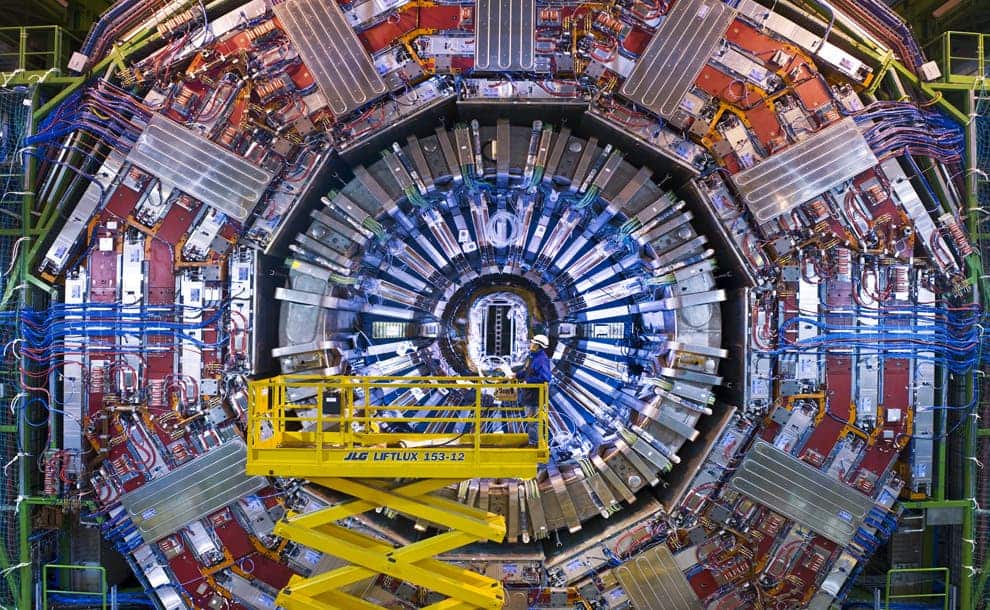For all intents and purposes, the Standard Model of Physics has been great. This invaluable compendium describes physical forces and particles that make the universe go round, and it has not once been proven wrong. That’s a pretty solid track record.
However, the Standard Model fails when trying to describe exotic matter and phenomena. Something is clearly missing from it and Guillermo Ballesteros at the University of Paris-Saclay in France thinks he knows what: a couple new particles — enough to explain five of the biggest problems today that are giving physicists massive migraines.
These problems are dark matter, neutrino oscillations, baryogenesis, inflation, and the strong CP problem. Perhaps the most famous problem which the Standard Model can’t offer a solution for is that of dark matter — an elusive type of matter that can’t be observed directly or not with our current means. We know, however, that it’s there somewhere, lurking in the gravitational field because we can feel its influence on other cosmic bodies made of regular matter. In fact, scientists measured dark matter makes up 84 percent of the universe’s mass.
Other problems that the Standard Model can’t seem to explain are why there’s more matter than antimatter when these should be in equal supply, or why the universe expanded rapidly in its youth — during a period known as the inflation.
Now, of course, other scientists have gone beyond the Standard Model by proposing new forces and particles. That’s how the Standard Model gets expanded in the first place. For instance, when quantum mechanics and relativity were joined inside the quantum field theory, the new theory gave birth to the notion of anti-matter.
You might have heard about one of the more famous alternative models of physics called supersymmetry which says that for every particle, there is a superpartner whose spin differs by 1/2. Now, what happens is that supersymmetry basically doubles the number of particles in the Standard Model, making things more complicated because scientists have to verify each and one of them.
Instead of adding hundreds of new particles, Ballesteros and colleagues have proposed only six new particles: three neutrinos, a fermion, and a field that includes two particles. Called SMASH because it’s actually made of several other theories smashed together, the theory seems to solve all of five biggest problems in physics outlined earlier.
The three additional neutrinos to the three already known in nature can explain dark matter, inflation, some questions about the nature of neutrinos, and the origins of matter, New Scientist reports. The two-particle field, made of an axion, a tentative particle candidate for dark matter, and the inflaton, the particle behind inflation, helps explain these problems differently than the standard model predicts. Finally, this field can also crack the strong CP problem, explaining why there’s more matter than antimatter.
Maybe this is the holy grail of physics we’ve all been waiting for or maybe these tentative particles don’t hold up to the scientific rigor. The good thing about SMASH, however, is that it can be tested a lot faster than other theories. Faster than supersymmetry, at least,
“The best thing about the theory is that it can be tested or checked within the next 10 years or so,” said co-author Andreas Ringwald at the German Electron Synchrotron, DESY, in Hamburg, for New Scientist “You can always invent new theories, but if they can only be tested in 100 years, or never, then this is not real science but meta-science.”










